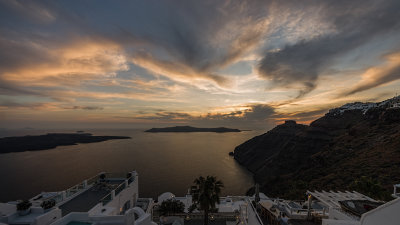hi,
i have to say I've been bitten by the photography bug.
So I'm trying to wrap my head around how to use shutter speed, ISO, aperture, exposure compensation and my zebras to get great looking pictures.
This morning I set a subject in front of a window. A challenge I face all the time. Taking pictures of people with the sun behind them.
Because im a newbie I figured that if I turn on Zebras, I could dial the exposure compensation until at least my subject didn't have any zebras. I also looked at the histogram.
2 things I heard, and correct them if they're wrong:
1) it's OK for some things that are bright behind your subjects to have zebras as long as your subject doesn't have any.
2) in the color histogram you want your spikes in the center (but I also heard to move them to the right)
To test this I took this picture

So to my eyes the top picture looks better. But the book had zebras. I can see the lines moved to the right. Exposure comp was +1
The bottom one looks a bit too dark, but the lines are more in the center and the book didn't have any zebras and exposure compensation I left in the middle.
Aperture proprity, ISO was on auto.
So is the picture at the top the one that is properly exposed? Sorry if this is a stupid question.
i have to say I've been bitten by the photography bug.
So I'm trying to wrap my head around how to use shutter speed, ISO, aperture, exposure compensation and my zebras to get great looking pictures.
This morning I set a subject in front of a window. A challenge I face all the time. Taking pictures of people with the sun behind them.
Because im a newbie I figured that if I turn on Zebras, I could dial the exposure compensation until at least my subject didn't have any zebras. I also looked at the histogram.
2 things I heard, and correct them if they're wrong:
1) it's OK for some things that are bright behind your subjects to have zebras as long as your subject doesn't have any.
2) in the color histogram you want your spikes in the center (but I also heard to move them to the right)
To test this I took this picture

So to my eyes the top picture looks better. But the book had zebras. I can see the lines moved to the right. Exposure comp was +1
The bottom one looks a bit too dark, but the lines are more in the center and the book didn't have any zebras and exposure compensation I left in the middle.
Aperture proprity, ISO was on auto.
So is the picture at the top the one that is properly exposed? Sorry if this is a stupid question.





